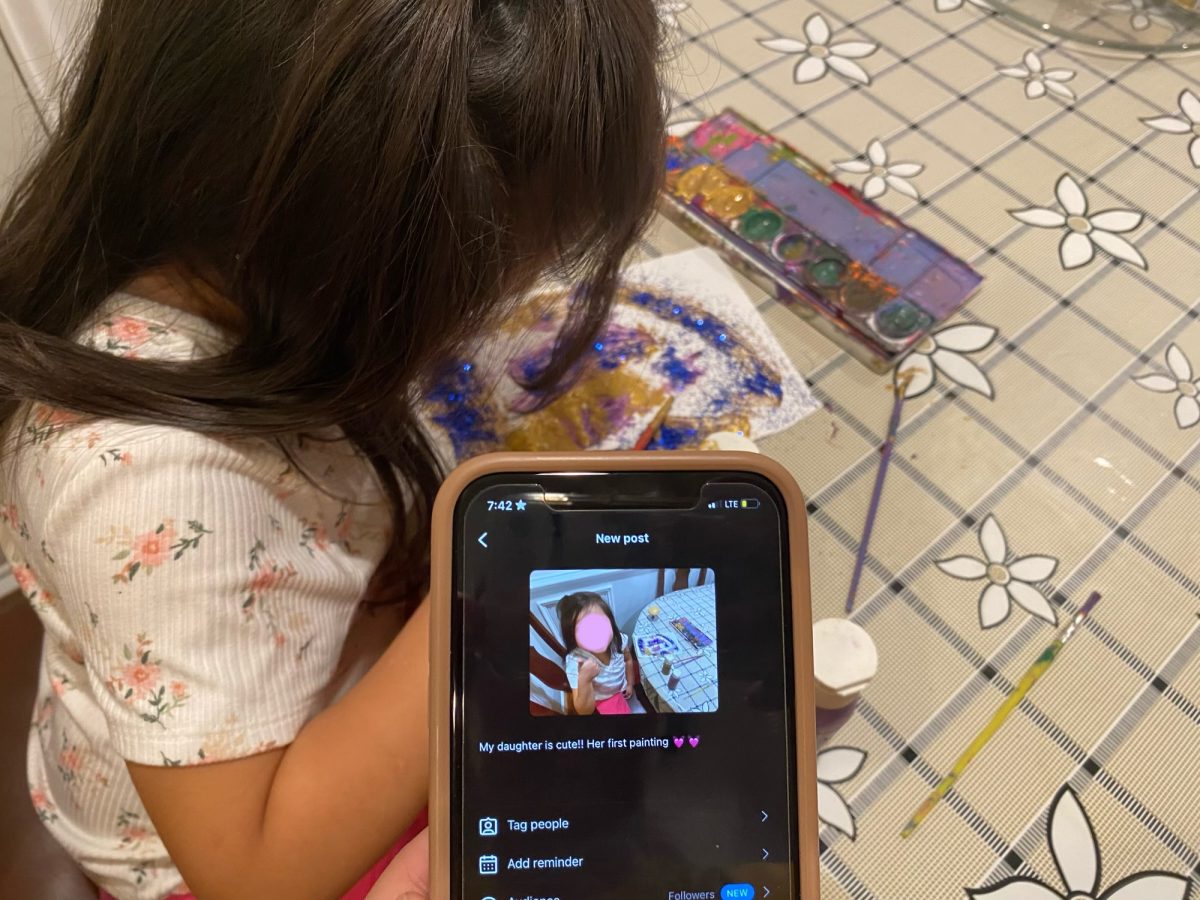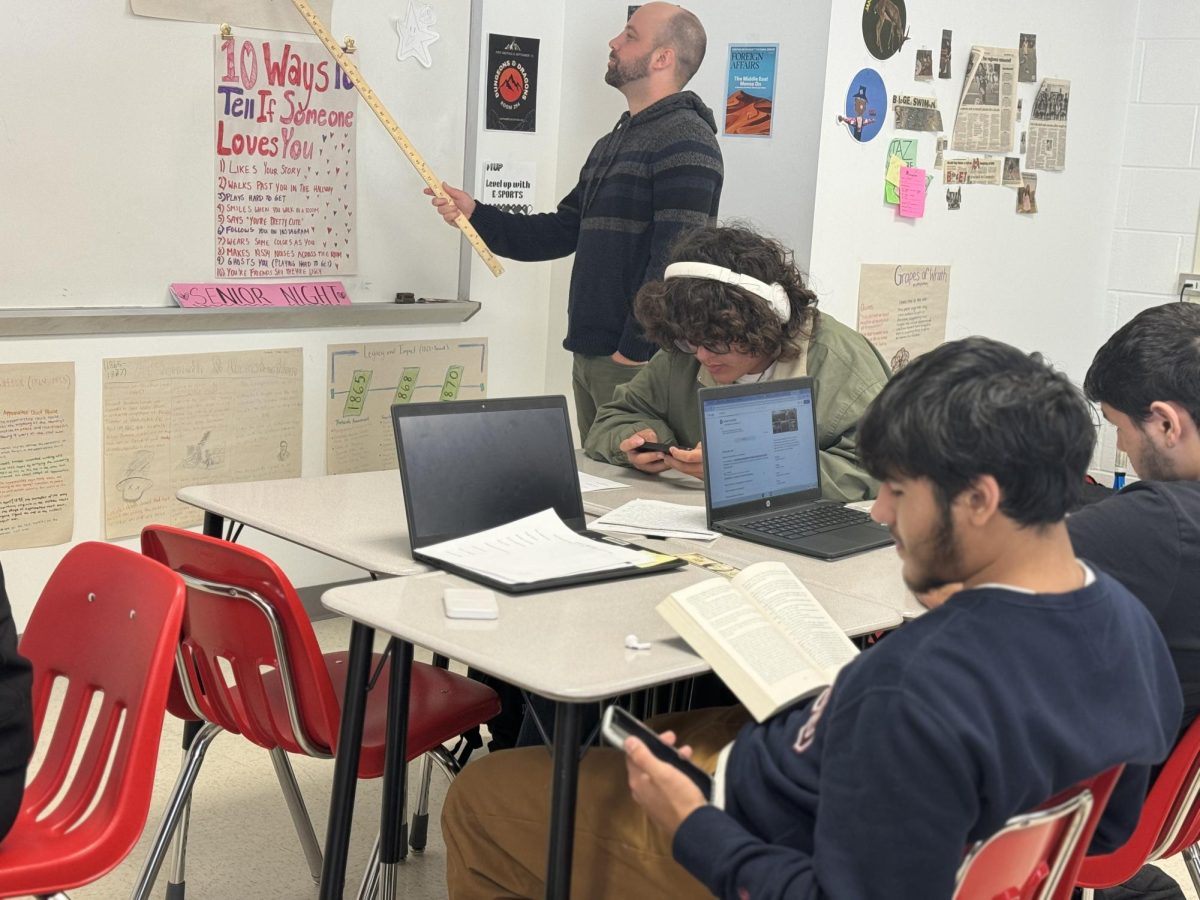Have you ever thought about how much content there is on social media, with billions of people from all over the world posting daily?
There’s just too many posts for you to see all of them. So who, or rather, what, decides what you see every time you open your favorite app?
The answer can become very complicated. All social media platforms, such as TikTok and Instagram, use an algorithm to show users certain posts based on their behavior.
According to socialpilot.co, a social media algorithm is a “complex set of rules and calculations used by social media platforms to prioritize the content that users see in their feeds.”
This definition seems just as complex as the algorithm itself. Without the proper background, it might be hard to understand exactly what it means and how algorithms actually work.
So we went to AHS’ Technology Support Specialist, Terri Pendleton for further clarification.
“An algorithm is like, for math is an equation that equals something,” Pendelton said. “There’s different types of algorithms, whether it’s a system and someone’s actually monitoring and inputting data based off of a user experience and it goes into the AI, then the AI connects to your social media platforms.”
“If you’re looking at clothes, it goes oh! Clothes. These are the companies who have clothes that this person might like.”
Even though Pendleton’s explanation is a very basic view on how an algorithm operates, it still partially explains how the artificial intelligence behind everything works.
From Social Pilot, we learned that there is no one specific algorithm. Each platform has created their own variation of this ‘math equation’ to tailor to the structure of the app.
For example, Facebook places emphasis on showing you content from other users you follow or your friends. However, apps like YouTube focus more on your watch history and recommends videos based on that, not on what your friends are watching.
Though these tactics can seem harmless and even helpful at times, Pendelton warned us of the potential dangers and risks of the evolving algorithms and artificial intelligence in play.
“Look at the telephone – old school telephones, the rotary and the push-button. Let’s say that it took about 80 years for them to reach 100 million people,” Pendleton said. “AI, for it to reach 100 million users, has taken only 2 months. And that’s current for 2023.”
Sometimes a bigger audience can be a wolf in sheep’s clothing.
“[AI] can absolutely be dangerous. And you see it to where things are being spoofed, you don’t know what’s real now when you’re reading something,” Pendelton said.
A spoof is an imitation of something, usually exaggerated as a joke. Regardless, it is meant to misinform.
“Did it come from an actual fact or is it coming from multiple sources that are just not depicting the actual true events? `You don’t know what’s real anymore. That in itself is dangerous,” Pendleton said.
When so much fake and altered news is floating around on the internet, the algorithm can play a big part in how that information gets to you. It can create biases that affect so much of everyday life.
The solution isn’t simple. Some people call for government policies that intervene. However it is much more complex than that.
“There’s different layers. The government needs to have some involvement, but we know what happens when the government might be implementing things,” Pendelton said.
Even though people debate on how social media and the internet can be made safer, you can protect yourself. Be media literate, this means to do your research and learn right from wrong.
Take it upon yourself to get out of the loop of algorithms and find credible sources of information instead of relying on AI-based news.
Beware of the algorithms working behind the scenes
Have you ever wondered how your feed curates itself and caters to your interests?
February 27, 2024
Story continues below advertisement
About the Contributors

Jasmin Dinh, Co-In-Depth Editor
Sophomore Jasmin Dinh is in her first year working on The A-Blast as an editor for the in-depth pages. Outside of school, she enjoys spending time with her friends and family. She also likes to travel around the world and has visited Jamaica, Norway, China, and many others.

Sofia Saavedra, Co-In-Depth Editor
Sophomore Sofia Saavedra is in her first year on The A-Blast staff as a co-editor for the In-Depth pages. Sofia also tutors in the AWC, participates in Model UN and plays Soccer and Field Hockey for Annandale. In her free time she enjoys hiking, reading and watching movies. Sofia hopes to study abroad for college and pursue a career in Journalism.





